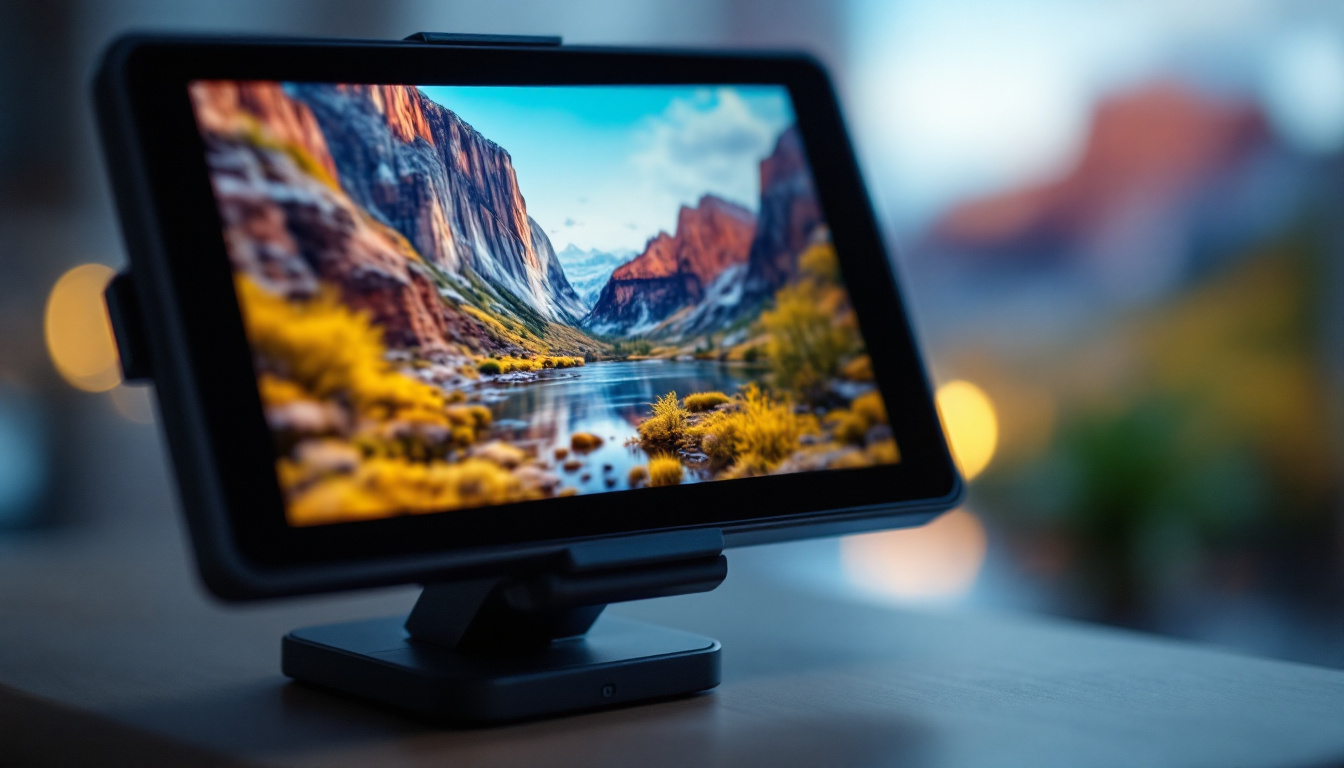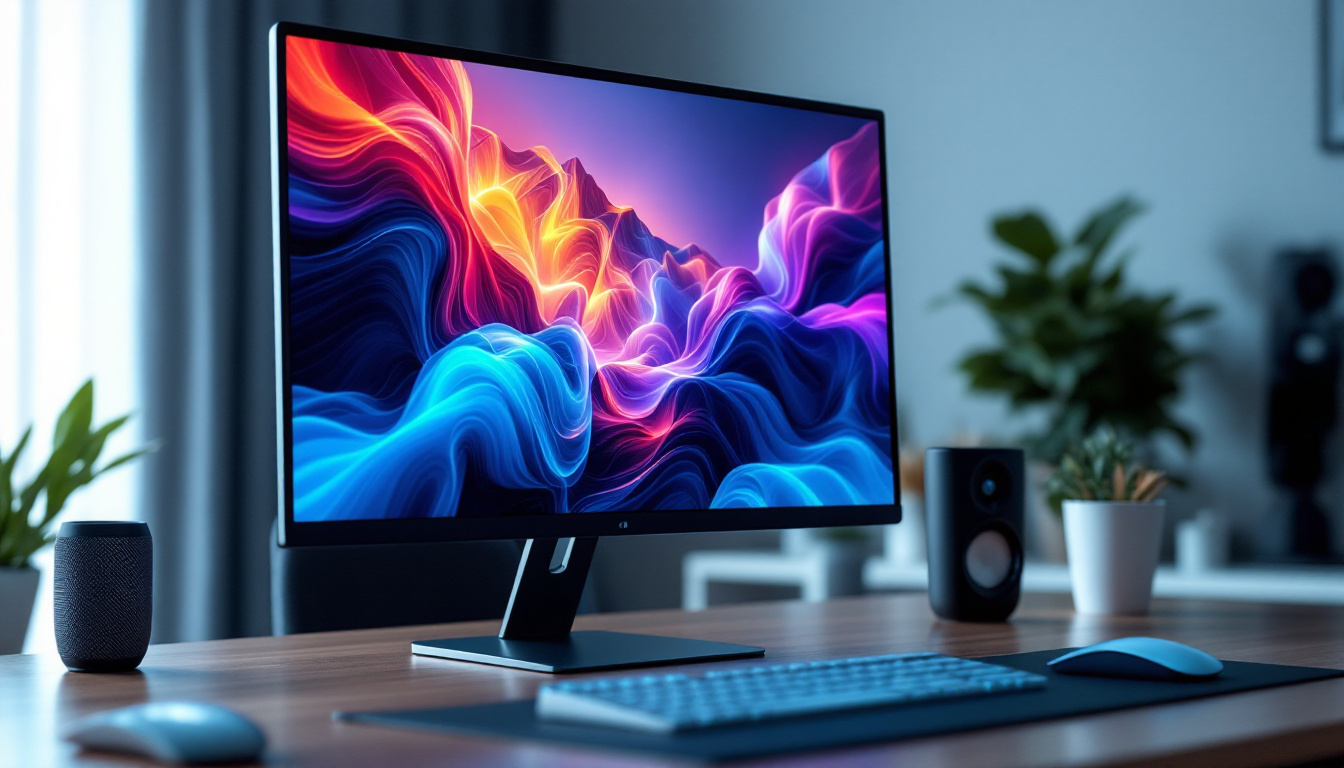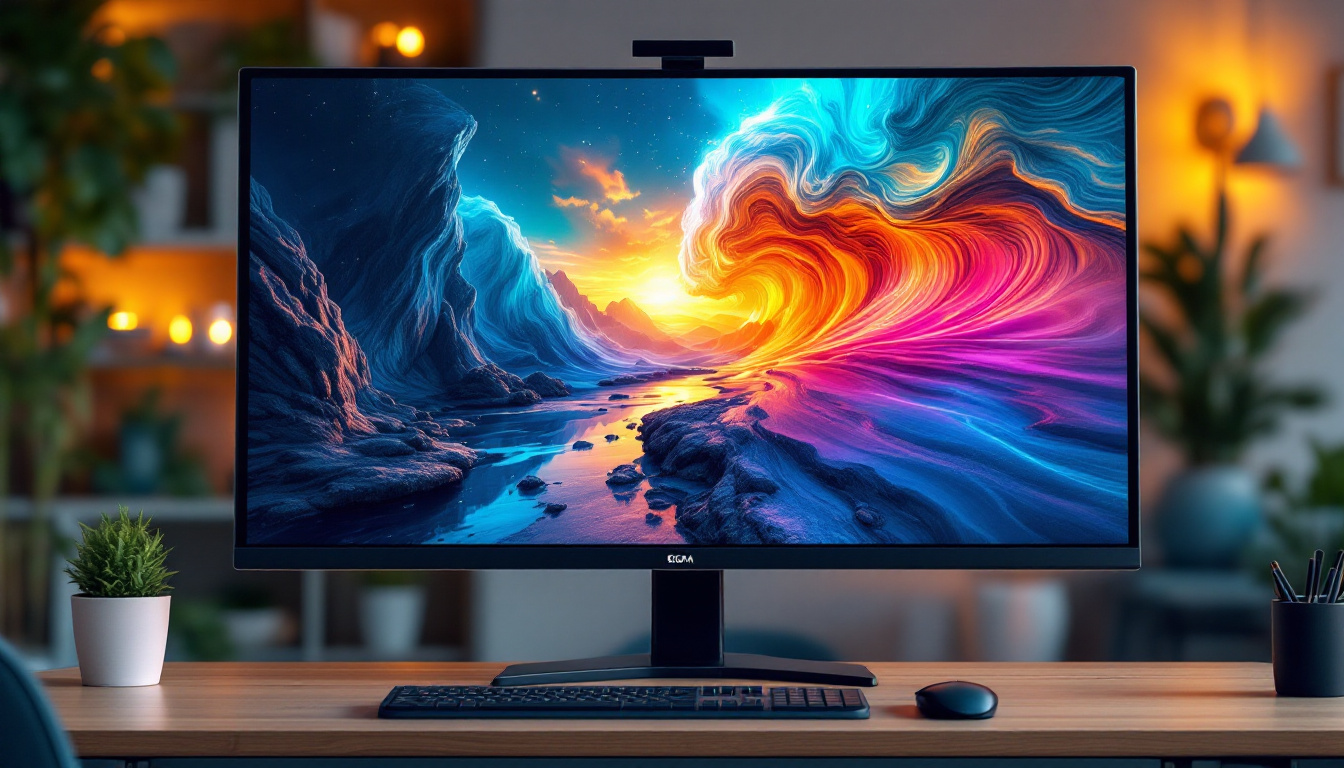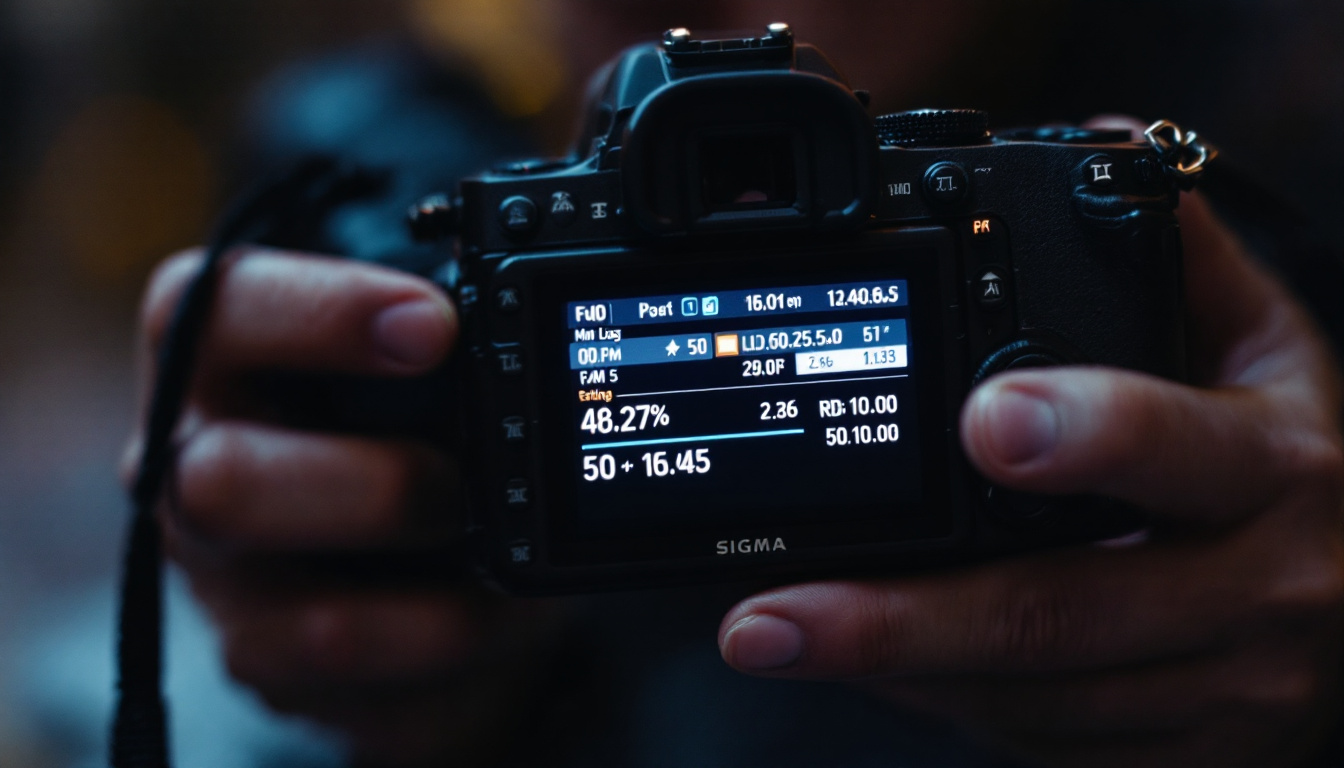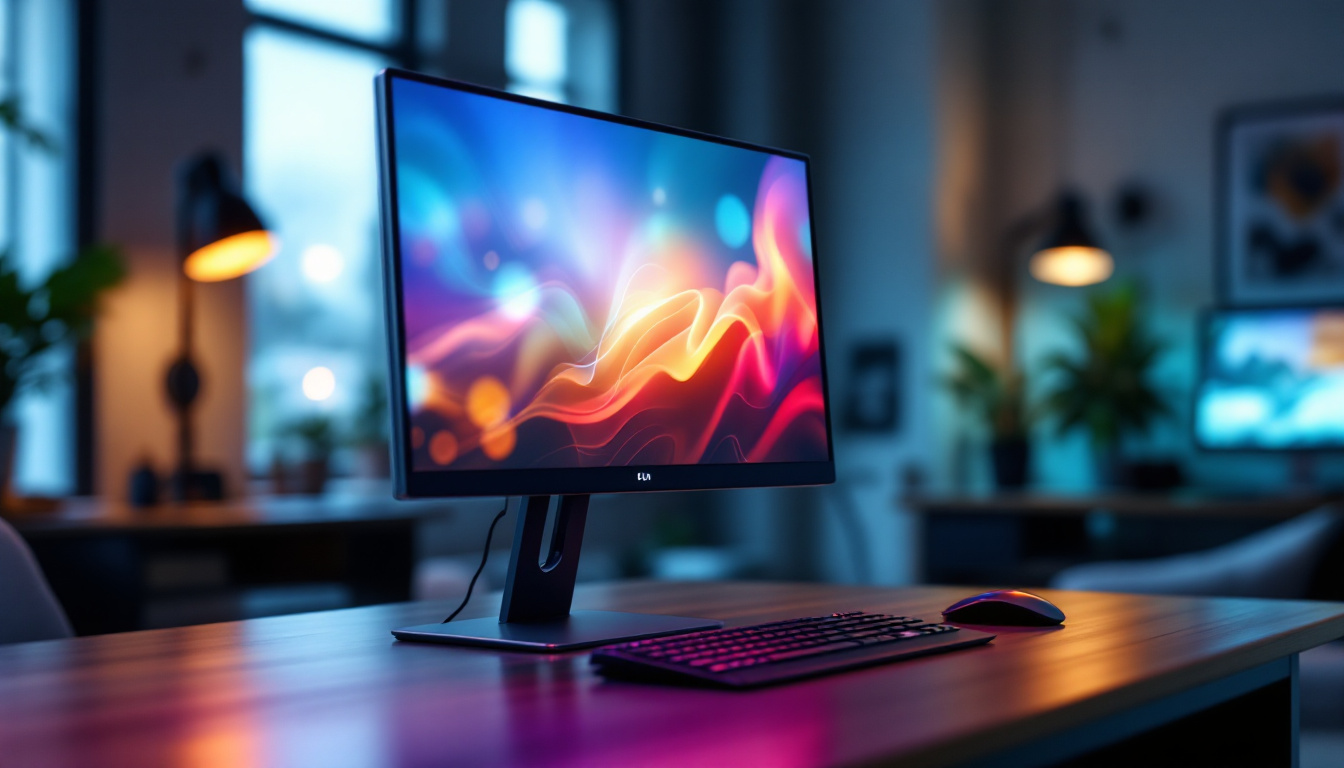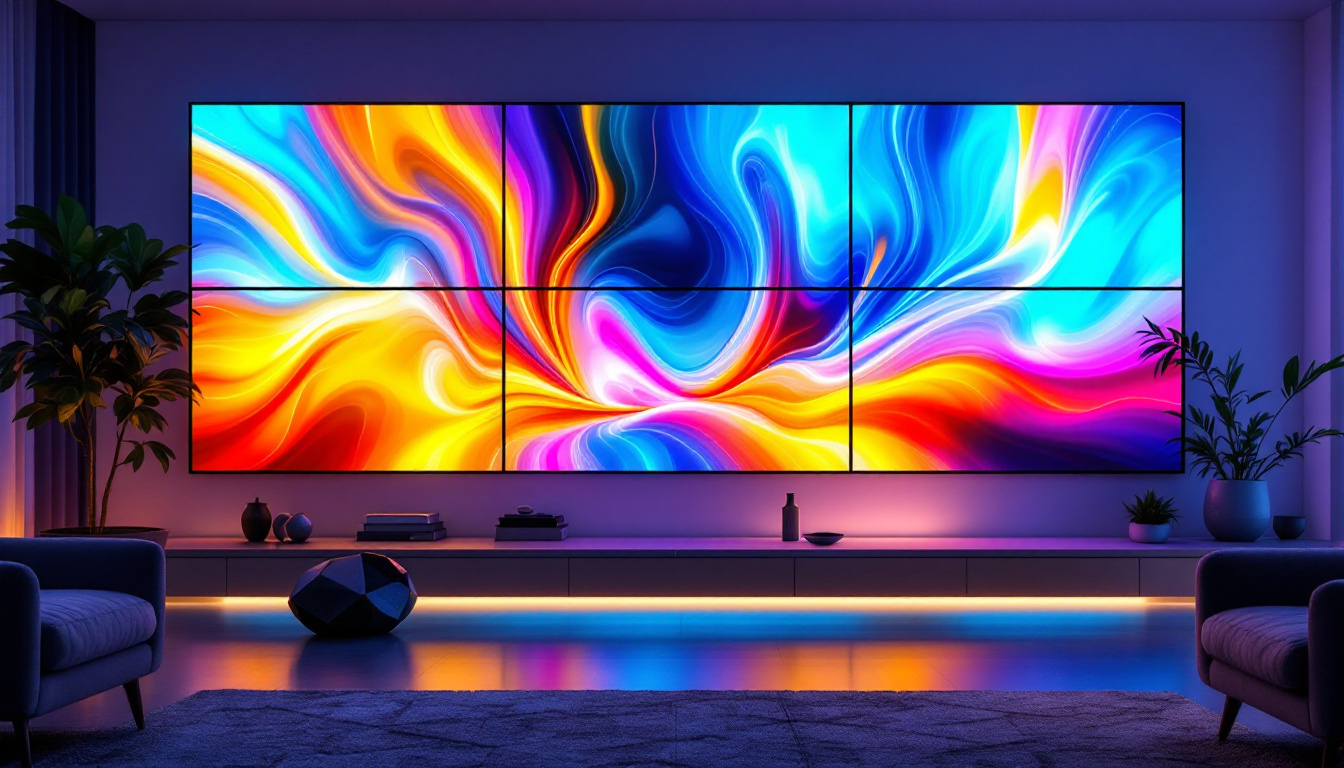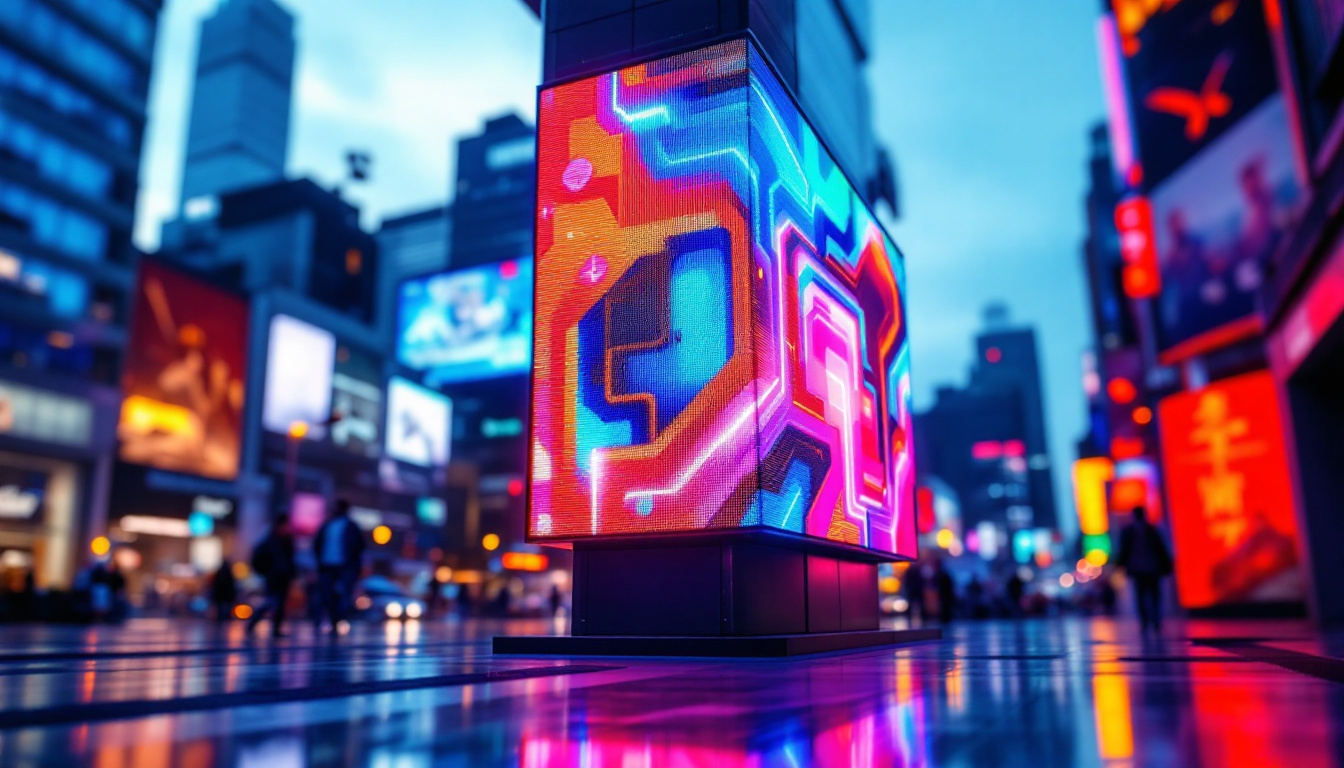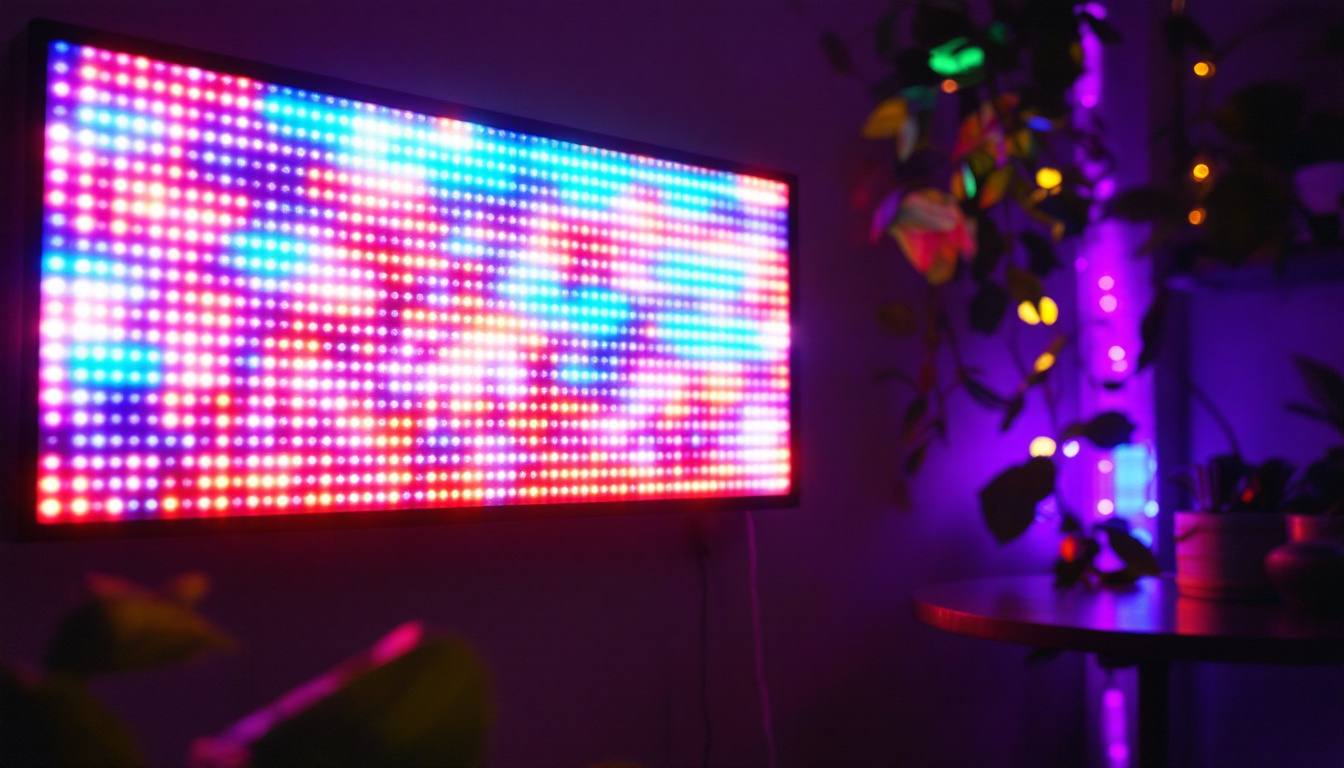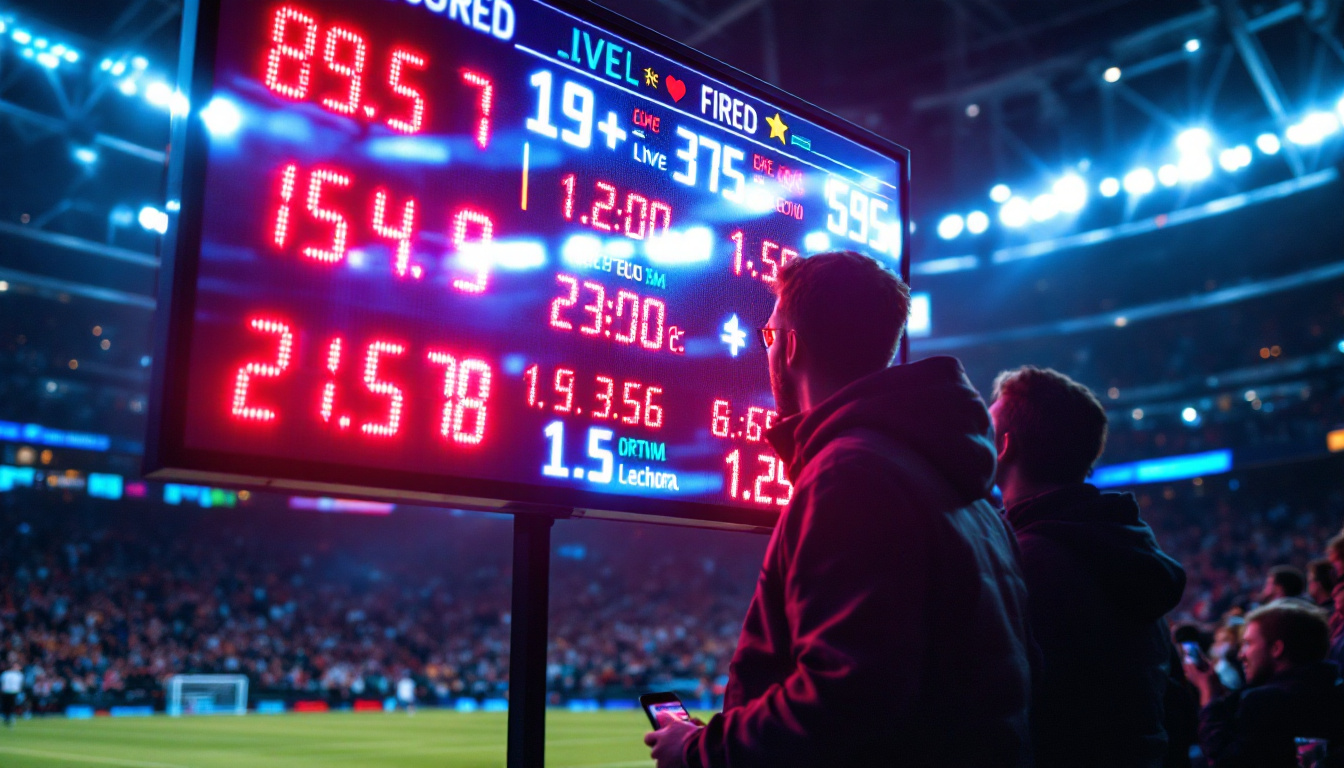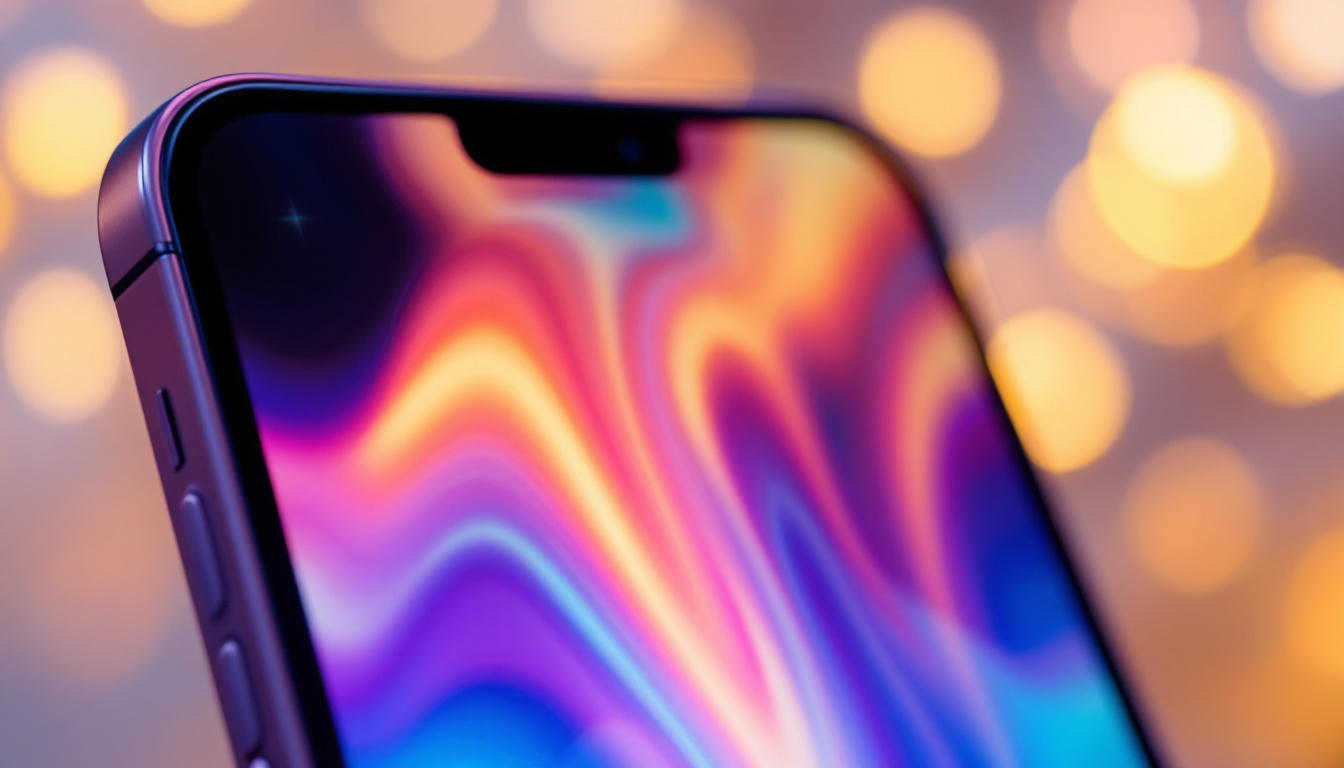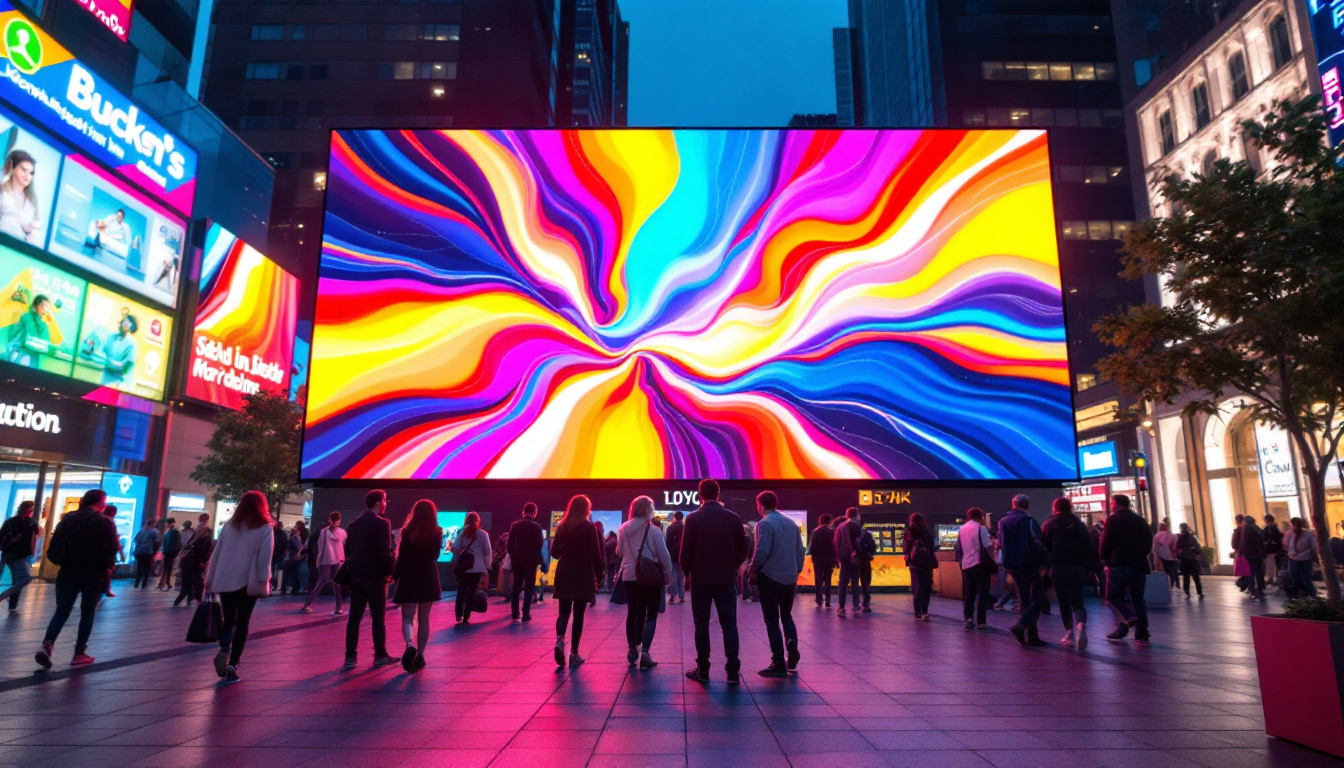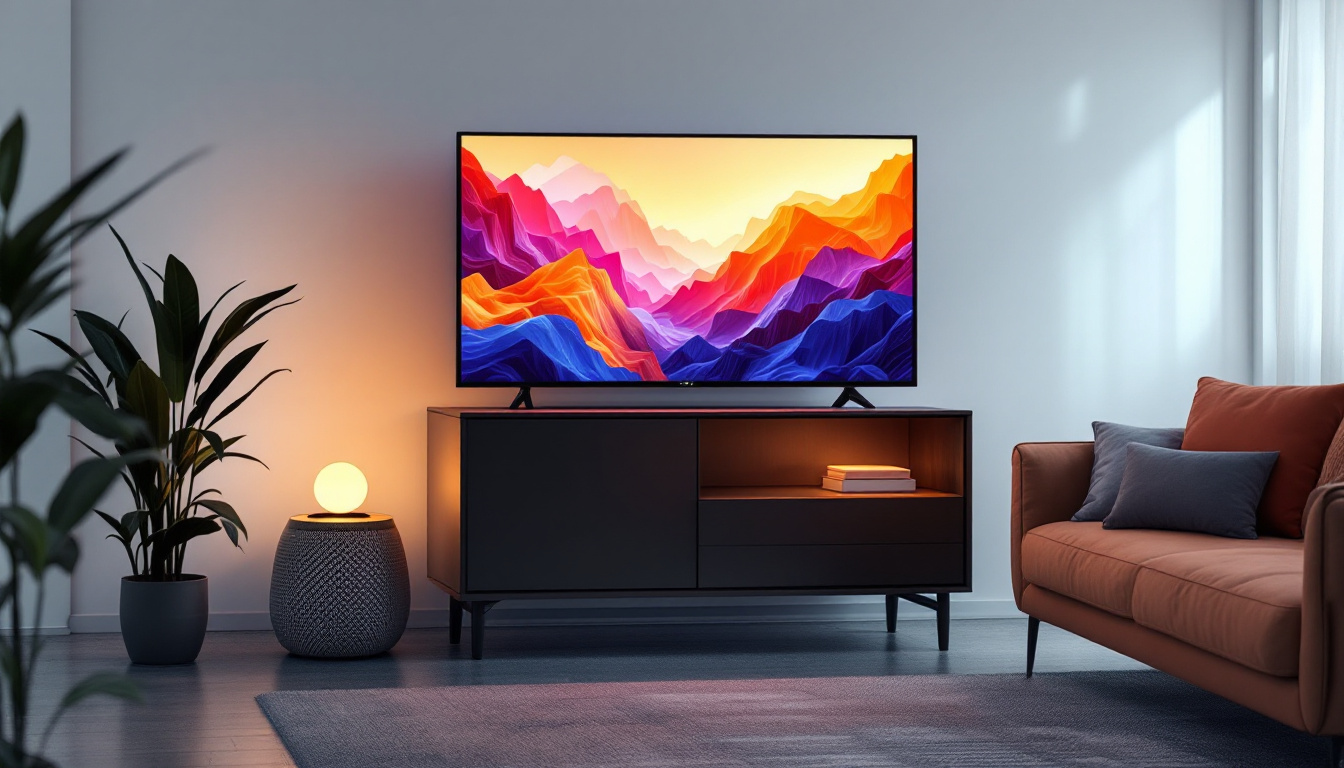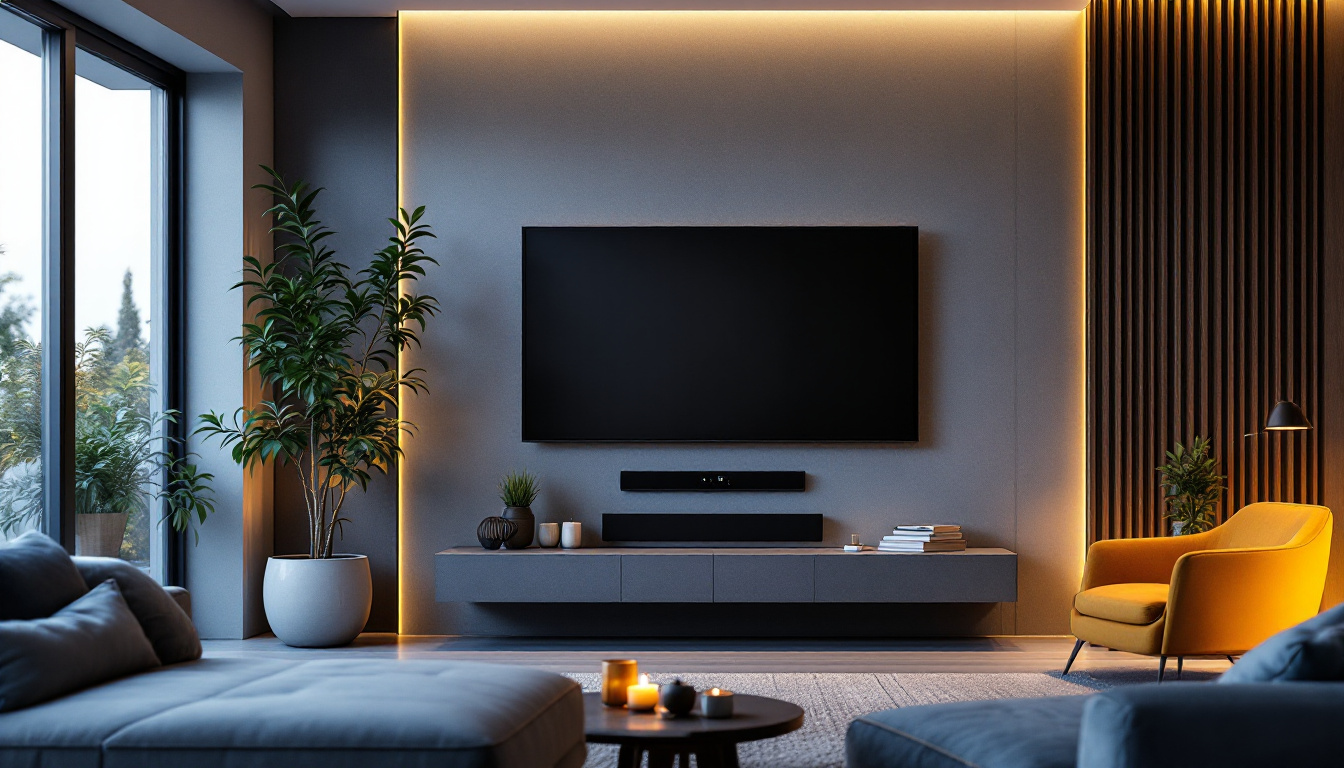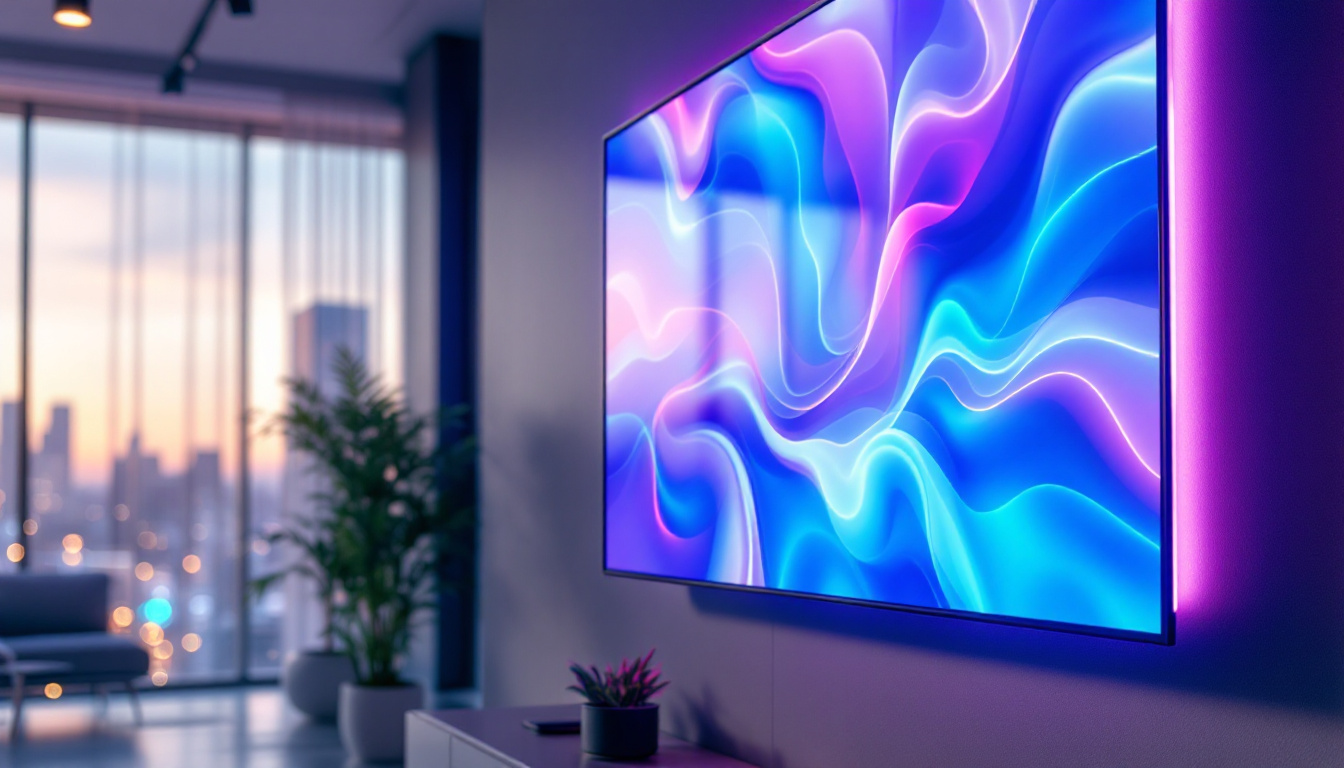In the realm of photography and videography, the evolution of display technology has significantly transformed how creators interact with their equipment. Among the most notable advancements is the integration of LCD screens in cameras, particularly those enhanced with LED technology. This article delves into the intricacies of LCD screen cameras, focusing on the role of LED displays and their impact on user experience.
Understanding LCD Technology
Liquid Crystal Display (LCD) technology has become a staple in modern electronics, including cameras. LCD screens utilize liquid crystals sandwiched between layers of glass or plastic. When an electric current passes through the liquid crystals, they align to allow varying amounts of light to pass through, creating images. This innovative technology has evolved significantly since its inception, leading to higher resolutions and improved color accuracy, making it an essential feature in contemporary devices.
The Basics of LCD Operation
At its core, an LCD screen operates by manipulating light. A backlight, often composed of LEDs, illuminates the display. The liquid crystals then modulate this light to produce images. This technology is favored for its ability to produce sharp images with vibrant colors while consuming relatively low power. The development of advanced techniques, such as in-plane switching (IPS) and twisted nematic (TN) panels, has further enhanced the viewing angles and color reproduction of LCDs, catering to various user preferences and applications.
Advantages of LCD Screens in Cameras
LCD screens in cameras offer several advantages. Firstly, they provide a clear view of the scene being captured, which is crucial for framing and focusing. Unlike optical viewfinders, LCD screens can display a live feed, allowing photographers to see the effects of their settings in real-time. This feature is particularly beneficial for beginners who may not yet be familiar with the intricacies of exposure and composition, as they can make adjustments on the fly and instantly see the results.
Furthermore, LCD screens are versatile. They can be tilted or rotated in many models, enabling creative shooting angles that would be difficult with a traditional viewfinder. This flexibility enhances the overall shooting experience, particularly in challenging environments. For instance, when shooting from a low angle or above a crowd, an adjustable LCD screen allows photographers to maintain their composure while capturing the perfect shot. Additionally, many modern cameras now feature touch-sensitive LCDs, allowing for intuitive navigation through menus and settings, making the photography process even more user-friendly.
The Role of LED Technology
LED (Light Emitting Diode) technology has revolutionized the backlighting of LCD screens. By using LEDs instead of traditional fluorescent lights, manufacturers have improved the brightness, contrast, and color accuracy of displays.
Enhanced Brightness and Contrast
One of the standout features of LED-backlit LCD screens is their enhanced brightness. This improvement is particularly beneficial in outdoor settings where sunlight can wash out images on standard LCD displays. With a brighter screen, photographers can better assess their compositions in bright conditions.
Additionally, LED technology allows for improved contrast ratios. The ability to produce deeper blacks and brighter whites results in more dynamic images, making it easier for users to discern details in both shadows and highlights. This capability is especially crucial for graphic designers and video editors, as it enables them to make more informed decisions about color grading and image adjustments, ultimately leading to a more polished final product.
Color Accuracy and Gamut
Color accuracy is another significant advantage of LED displays. Many modern cameras utilize wide color gamuts, allowing for more vibrant and true-to-life colors. This is particularly important for professional photographers and videographers who require precise color representation for their work.
With advancements in LED technology, manufacturers can now produce displays that cover a broader spectrum of colors, ensuring that what the camera captures is accurately represented on the screen. Furthermore, the implementation of technologies such as Quantum Dot and HDR (High Dynamic Range) in conjunction with LED backlighting has further expanded the potential for color reproduction. These innovations allow for a richer viewing experience, where subtle nuances in color can be appreciated, making them ideal for applications in art, fashion, and even medical imaging, where accurate color representation is critical for diagnosis and treatment planning.
Types of LCD Screens in Cameras
Not all LCD screens are created equal. Various types of LCD screens are used in cameras, each with its unique features and benefits. Understanding these differences can help users choose the right camera for their needs.
Standard LCD Screens
Standard LCD screens are the most common type found in cameras. They provide a reliable display for composing shots and reviewing images. While they may not offer the same level of brightness or color accuracy as their LED counterparts, they are often sufficient for casual photography.
Touchscreen LCDs
Touchscreen LCDs have gained popularity in recent years, offering an intuitive interface for users. These screens allow photographers to tap to focus, adjust settings, and navigate menus with ease. This interactivity can streamline the shooting process and enhance the overall user experience.
However, touchscreens can be prone to smudges and reflections, which may hinder visibility in certain lighting conditions. Despite this drawback, the convenience they offer makes them a favored choice among many photographers.
Articulating LCD Screens
Articulating LCD screens, also known as flip screens, provide additional flexibility for shooting at various angles. These screens can be tilted or rotated, allowing users to capture images from high or low perspectives without straining. This feature is particularly useful for vloggers and content creators who often shoot themselves.
While articulating screens enhance creativity, they may also be more vulnerable to damage due to their moving parts. Care should be taken to protect these screens during transport and use.
Choosing the Right LCD Screen Camera
When selecting a camera with an LCD screen, several factors should be considered to ensure it meets the user’s needs. Understanding these factors can help photographers make informed decisions.
Resolution and Size
The resolution of the LCD screen plays a crucial role in image clarity. Higher resolution screens provide sharper images, which is particularly important for detailed work. Additionally, the size of the screen can affect usability; larger screens make it easier to view compositions and navigate menus.
However, larger screens may also increase the camera’s overall size and weight, which could be a consideration for those seeking portability. Balancing screen size with the camera’s overall dimensions is essential for achieving the desired level of comfort and usability.
Durability and Weather Resistance
For outdoor photographers, the durability of the LCD screen is paramount. Many modern cameras come equipped with screens that are scratch-resistant or even weather-sealed. This added protection can prevent damage from environmental factors such as dust, moisture, and impacts.
Investing in a camera with a robust LCD screen can save users from costly repairs or replacements, ensuring that the equipment remains functional in various shooting conditions.
Maintaining Your LCD Screen
Proper maintenance of the LCD screen is essential for ensuring longevity and optimal performance. Taking care of the screen can prevent issues such as scratches, smudges, and display malfunctions.
Cleaning Techniques
Cleaning the LCD screen should be done with care to avoid damaging the display. Using a microfiber cloth is recommended, as it effectively removes fingerprints and dust without scratching the surface. For more stubborn smudges, a small amount of screen cleaner can be applied to the cloth, never directly on the screen.
It is advisable to avoid using household cleaners or abrasive materials, as these can harm the screen’s protective coatings. Regular cleaning can enhance visibility and improve the overall user experience.
Protective Accessories
Investing in protective accessories, such as screen protectors or cases, can further safeguard the LCD screen. Screen protectors add an extra layer of defense against scratches and impacts, while cases can prevent damage during transport.
These accessories are particularly valuable for photographers who frequently travel or shoot in rugged environments, ensuring that their equipment remains in top condition.
The Future of LCD Screen Technology
As technology continues to advance, the future of LCD screens in cameras looks promising. Innovations in display technology are likely to enhance user experience further, making photography more accessible and enjoyable.
Emerging Technologies
One area of development is the integration of OLED (Organic Light Emitting Diode) technology. OLED displays offer superior contrast and color accuracy compared to traditional LCDs. As this technology becomes more affordable, it may become a standard feature in future camera models.
Additionally, advancements in touchscreen technology may lead to more responsive and intuitive interfaces, allowing for seamless interaction with camera settings and features.
Increased Customization
Future LCD screens may also offer enhanced customization options, allowing users to tailor their display settings to suit their preferences. This could include adjustable brightness levels, color profiles, and even the ability to display grid lines or histograms for better composition.
Such features would empower photographers to create a more personalized shooting experience, ultimately leading to improved results.
Conclusion
The integration of LCD screens, particularly those enhanced with LED technology, has revolutionized the way photographers and videographers interact with their cameras. Understanding the various types of screens, their advantages, and how to maintain them can significantly enhance the overall shooting experience.
As technology continues to evolve, the future of LCD screens in cameras promises even more exciting developments. By staying informed and adapting to these changes, photographers can ensure they are equipped with the best tools to capture their creative visions.
Discover LumenMatrix’s Advanced LED Display Solutions
Embrace the future of visual technology with LumenMatrix, a pioneer in LED display innovation. Whether you’re a professional photographer, videographer, or a business seeking to elevate your brand’s presence, LumenMatrix’s comprehensive range of LED display modules is designed to transform your visual storytelling. From Indoor and Outdoor LED Walls to specialized solutions like Vehicle Displays and Custom LED Displays, our products are crafted to offer unparalleled brightness, contrast, and color accuracy. Experience the difference in your creative endeavors and captivate your audience like never before. Check out LumenMatrix LED Display Solutions today and step into a world where clarity and impact go hand in hand.

